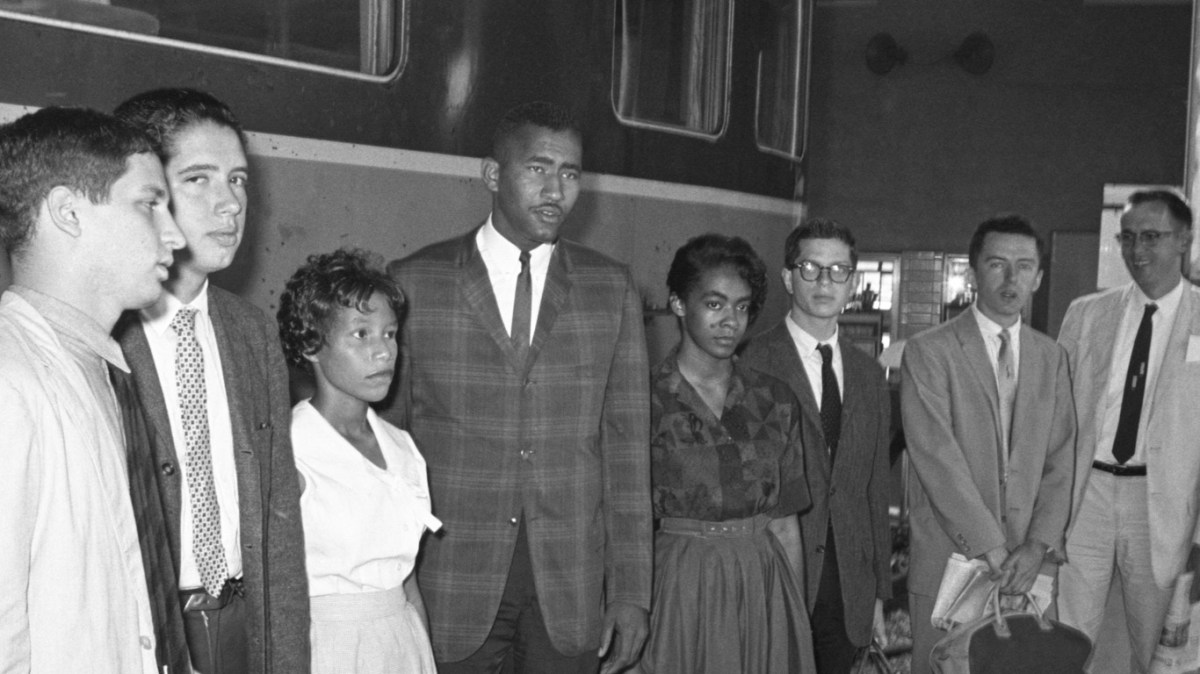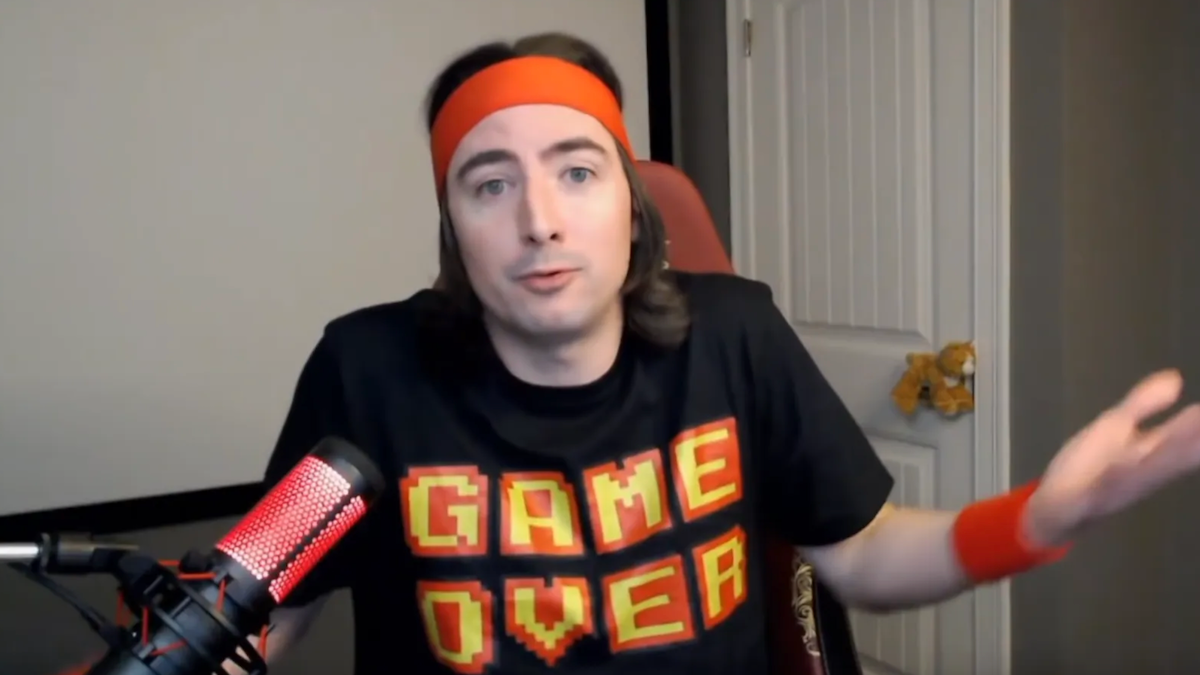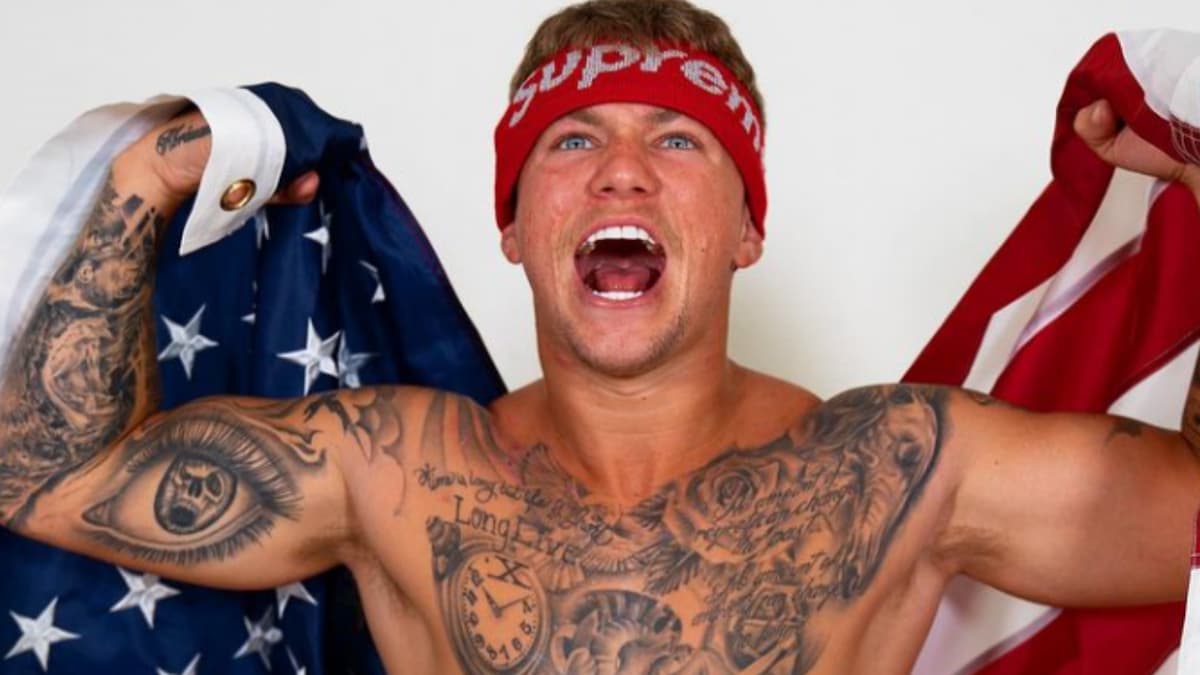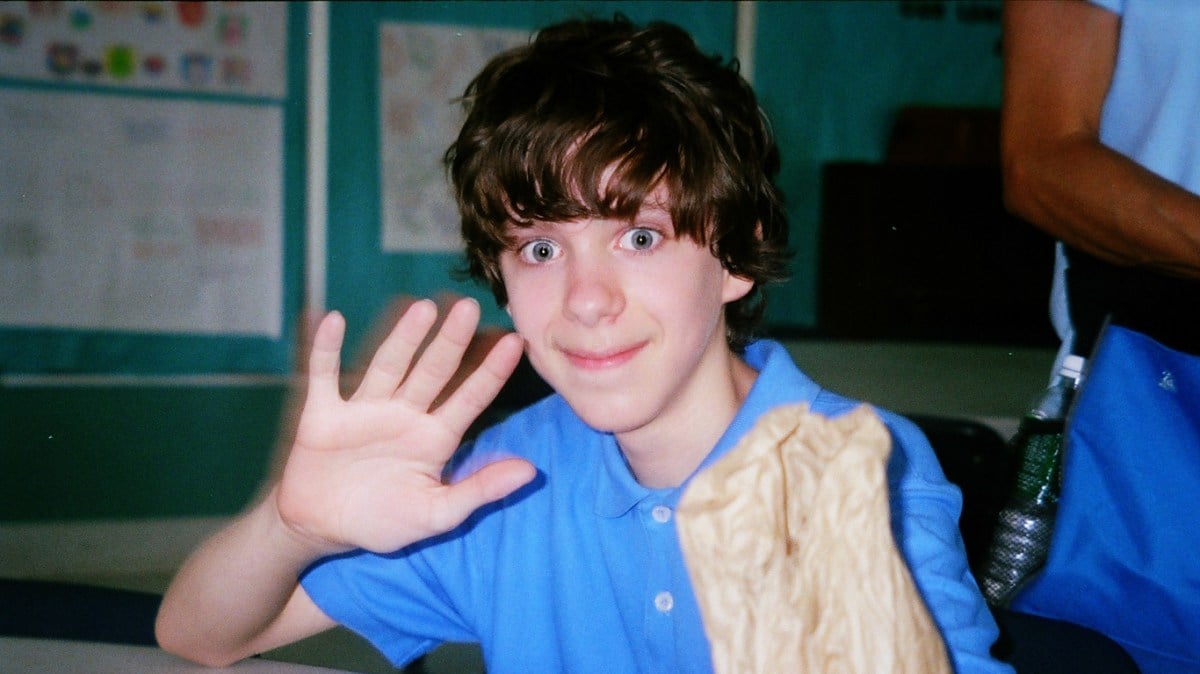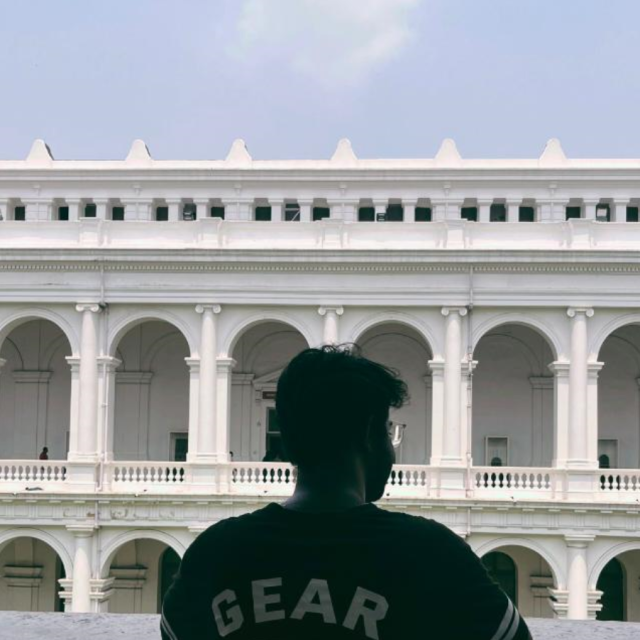America in the early 1960s was a land of opportunity, freedom, and equality… as long as you were the right color, of course.
“Separate but equal” was the name of the game and even the government, the supposed beacon of justice and fairness, was in on the act. The “Jim Crow” laws, established in the late 19th century, ensured that African Americans were kept separate from whites in public places, schools, transportation, and even in voting booths. This legal and social system was underpinned by the infamous “separate but equal” doctrine established by the Supreme Court in the 1896 case Plessy vs. Ferguson, which justified and perpetuated an era of profound racial discrimination.
In this backdrop of inequality, the Supreme Court, in a rare burst of progressive thinking, decided in 1960 (Boynton vs. Virginia) that segregation in interstate bus terminals was unconstitutional, violating the Interstate Commerce Act. This ruling should have changed everything. But alas, that was not the case.
The Freedom Riders were an eclectic mix of individuals — Black, white, young, old, students, artists, and even a few who just didn’t like the current state of societal software and were craving for an update. The first Freedom Ride set out on May 4, 1961, from Washington, D.C., and was scheduled to arrive in New Orleans on May 17.
Their strategy was straightforward: Travel in small, interracial groups, and use facilities designated for the “wrong” race. White Riders would sit in the back of the bus, Black Riders in the front, and they would all attempt to use “whites-only” restrooms and lunch counters at bus stations along the way. What could go wrong? Quite a lot, as it turned out. The Riders faced severe opposition as they moved deeper into the South. In Anniston, one of their buses was firebombed, and riders were beaten by a white mob. In Birmingham, riders were again attacked, with local police allegedly giving the mob time to assault the riders without intervention.
The response from the federal government was, at first, very slow. But as the violence garnered national and international attention, it became harder to ignore. President John F. Kennedy, whose administration had been tiptoeing around civil rights issues to avoid upsetting Southern political leaders, finally stepped in. By September 1961, the Interstate Commerce Commission issued regulations prohibiting segregation in interstate transit terminals. The Freedom Riders also rode a wave of moral urgency that would crest with the Civil Rights Act of 1964.
Many of the Riders went on to become prominent figures in the civil rights movement and beyond. John Lewis, for example, who was beaten bloody during the Freedom Rides, went on to become a U.S. Congressman. Diane Nash, a student at Fisk University in Nashville, Tennessee, was another key figure in the Freedom Rides. Nash had already been a leader in the Nashville sit-in movement, which successfully desegregated lunch counters in the city. James Peck, a white activist from New York City, had previously participated in the Journey of Reconciliation in 1947. During the Freedom Rides, Peck was savagely beaten by a mob in Birmingham, Alabama on May 14, 1961, sustaining injuries so severe that he required over 50 stitches. The experiences of Lewis, Nash, and Peck ultimately helped to bring significant changes in American society.

